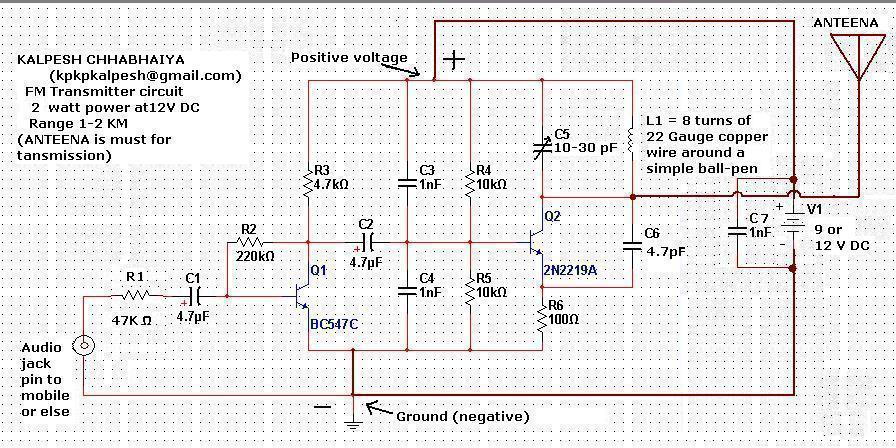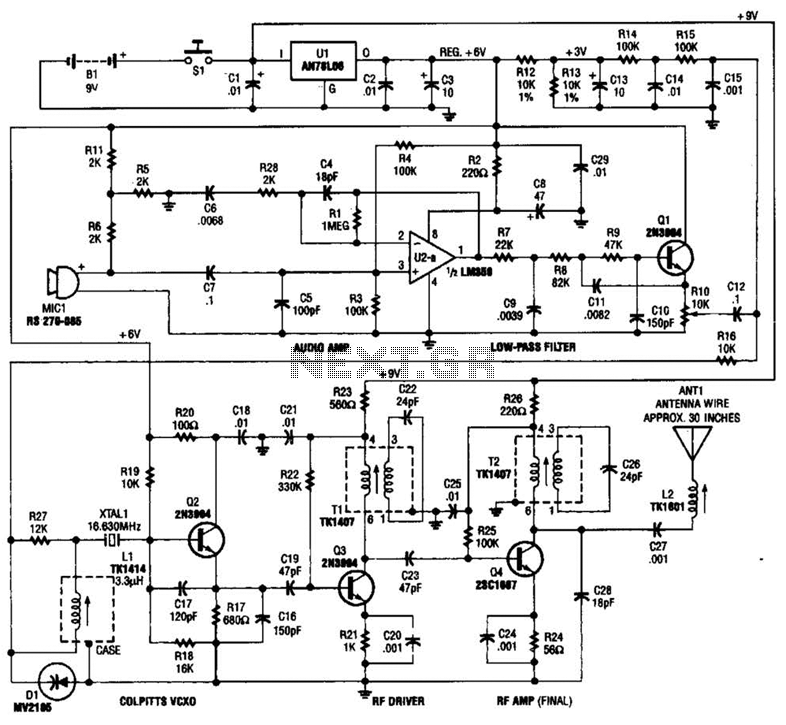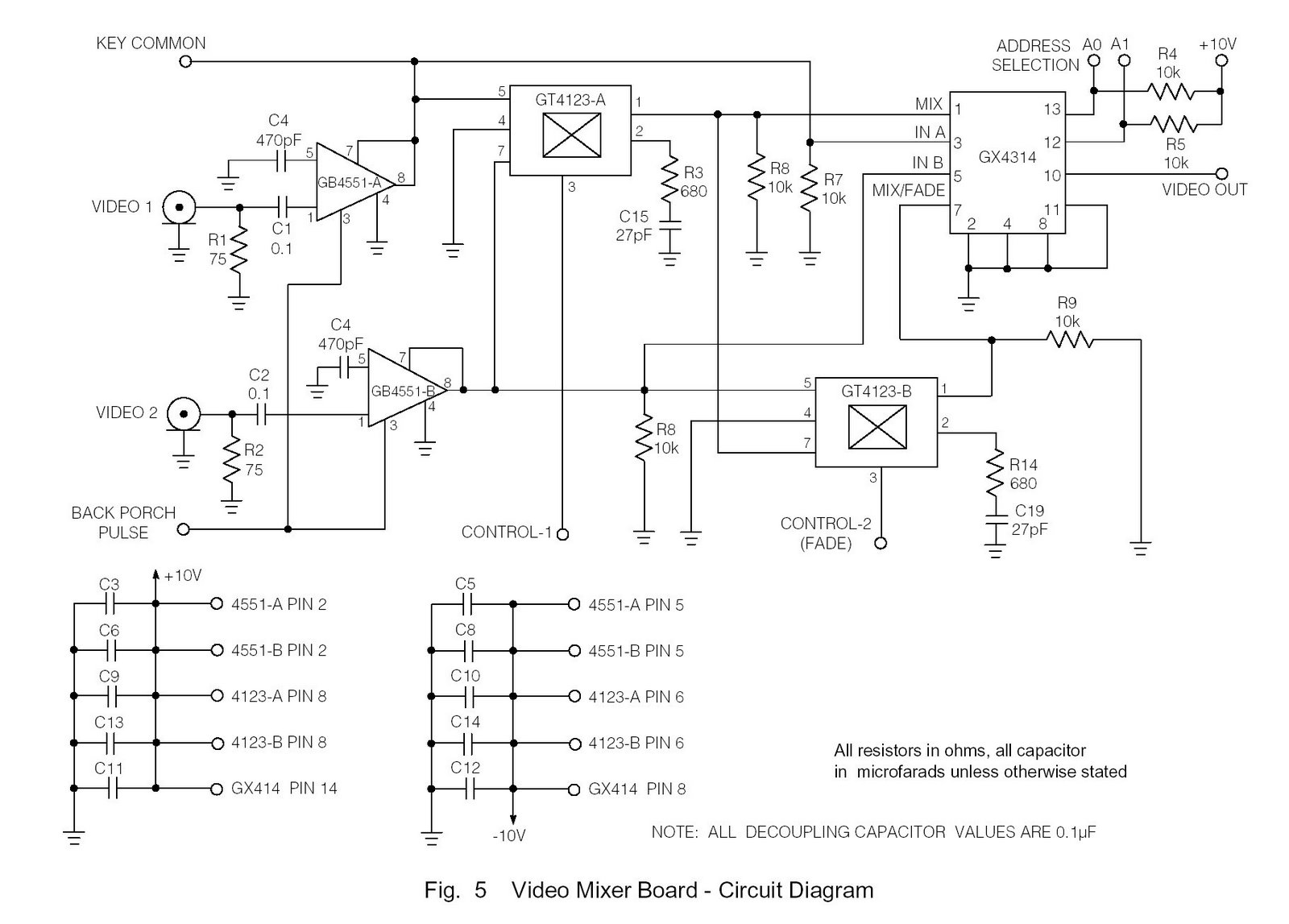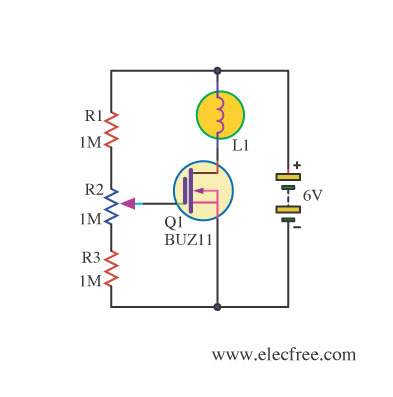
Simple Long Range FM Transmitter with 2 Watt Power and 1-2 KM Range

Constructing an FM transmitter for the first time can be challenging due to confusion regarding the necessary components, parts, design, PCB layout, and transmission aspects.
An FM transmitter is an electronic device that encodes audio signals into radio frequency waves, allowing for wireless transmission of sound. The basic components required for assembling an FM transmitter include an audio source, an oscillator, a modulator, an amplifier, and an antenna.
The audio source can be any device that outputs audio signals, such as a microphone or an audio player. The oscillator generates a carrier wave at a specific frequency, which is typically in the FM radio band (88 MHz to 108 MHz). This frequency is crucial as it determines the channel on which the transmitter will broadcast.
The modulator is responsible for varying the frequency of the carrier wave based on the audio input. This modulation process encodes the audio signal onto the carrier wave, allowing it to be transmitted over the air. Common modulation techniques used in FM transmitters include direct frequency modulation and phase modulation.
The amplifier boosts the modulated signal to ensure it can travel a sufficient distance. This step is essential, as the output power of the transmitter must meet regulatory standards while maintaining signal clarity. The final component, the antenna, radiates the modulated carrier wave into the surrounding environment, enabling it to be received by FM radios.
When designing the PCB for an FM transmitter, attention should be paid to the layout to minimize interference and optimize performance. Components should be placed to reduce signal loss and ensure a stable power supply. Additionally, proper grounding techniques should be employed to prevent noise in the audio signal.
In summary, building an FM transmitter involves a clear understanding of the components and their functions, along with careful design considerations for the PCB layout to achieve effective transmission of audio signals.We know that building of Fm transmitter for first time is quite hard and we get confused about the components, parts, design, pcb, transmis.. 🔗 External reference
An FM transmitter is an electronic device that encodes audio signals into radio frequency waves, allowing for wireless transmission of sound. The basic components required for assembling an FM transmitter include an audio source, an oscillator, a modulator, an amplifier, and an antenna.
The audio source can be any device that outputs audio signals, such as a microphone or an audio player. The oscillator generates a carrier wave at a specific frequency, which is typically in the FM radio band (88 MHz to 108 MHz). This frequency is crucial as it determines the channel on which the transmitter will broadcast.
The modulator is responsible for varying the frequency of the carrier wave based on the audio input. This modulation process encodes the audio signal onto the carrier wave, allowing it to be transmitted over the air. Common modulation techniques used in FM transmitters include direct frequency modulation and phase modulation.
The amplifier boosts the modulated signal to ensure it can travel a sufficient distance. This step is essential, as the output power of the transmitter must meet regulatory standards while maintaining signal clarity. The final component, the antenna, radiates the modulated carrier wave into the surrounding environment, enabling it to be received by FM radios.
When designing the PCB for an FM transmitter, attention should be paid to the layout to minimize interference and optimize performance. Components should be placed to reduce signal loss and ensure a stable power supply. Additionally, proper grounding techniques should be employed to prevent noise in the audio signal.
In summary, building an FM transmitter involves a clear understanding of the components and their functions, along with careful design considerations for the PCB layout to achieve effective transmission of audio signals.We know that building of Fm transmitter for first time is quite hard and we get confused about the components, parts, design, pcb, transmis.. 🔗 External reference





